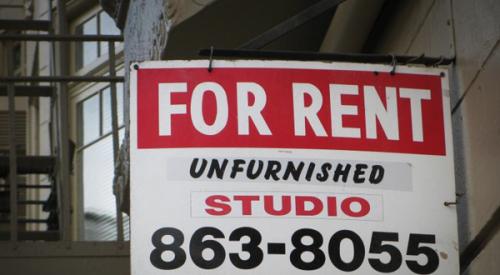Renting continues to consume a larger portion of Americans’ paychecks. In September, the Joint Center for Housing Studies of Harvard University released a report, “Projecting Trends in Severely Cost-Burdened Renters: 2015–2025,” which found that renters will continue to pay more toward rent. By 2025, the study says, 11 percent more households will pay over half of their income toward rent.
According to the report, in 2013 there were 11.2 million renter households categorized as “severely burdened” by rents that consumed half of their income, up 3 million since 2000. U.S. homeownership is at a 20-year low (63.7 percent), and as many as 6 million more people could be renting by 2025. If both rents and incomes grow in step with inflation, the number of severely burdened households will rise, from 11.8 million in 2015 to 13.1 million in 2025.
The Joint Center ran a few alternative scenario studies as well. In the event that income outpaces inflation and rents over the next decade, the number of severely burdened households (11.8 million in 2015) would only slightly decrease, dropping 1.4 percent (169,000 households). But, if rents outpace income and inflation, the number of severely cost-burdened renters would increase by 25 percent from today, reaching 14.8 million by 2025.
Because buying a home requires stellar credit, former homeowners who lost homes to foreclosure are now back to renting, and economic uncertainty and the fear of being locked into a long-term commitment make homeownership problematic for many.
The renting burden is expected to affect some groups more than others. The Hispanic population—disproportionately renters—continues to grow, and many Millennials who have battled unemployment and underemployment since the recession don’t have enough money saved to buy a home. But it is seniors who will be most affected. The number of people over age 65 is expected to increase to 74 million by 2030, and the low-income subsection—especially those who won’t have the chance to recoup money lost during the recession—can’t afford to buy a house or even residency in a nursing home.













